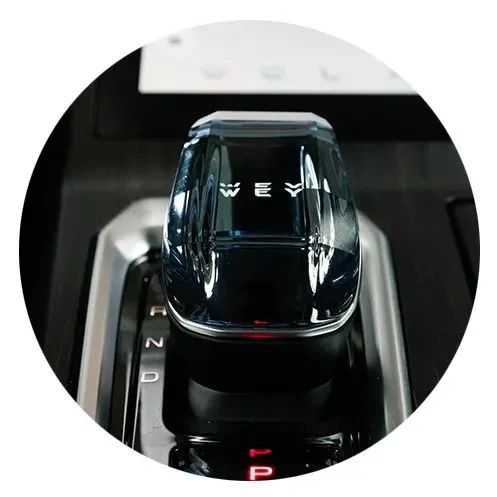Author: Chen Jianli
The current domestic self-owned brands have repeatedly surprised us. Whenever a new self-owned brand car is launched, it has overwhelming advantages in driving quality, mechanical level, and interior quality compared to other domestic self-owned brands. Although self-owned brands started late in the field of HEV hybrid power, it does not affect the overall strength and performance of domestic HEV hybrid models. Last week, I test drove the Latte from WEY, which is equipped with a 1.5T DHT hybrid system and left a deep impression on me.
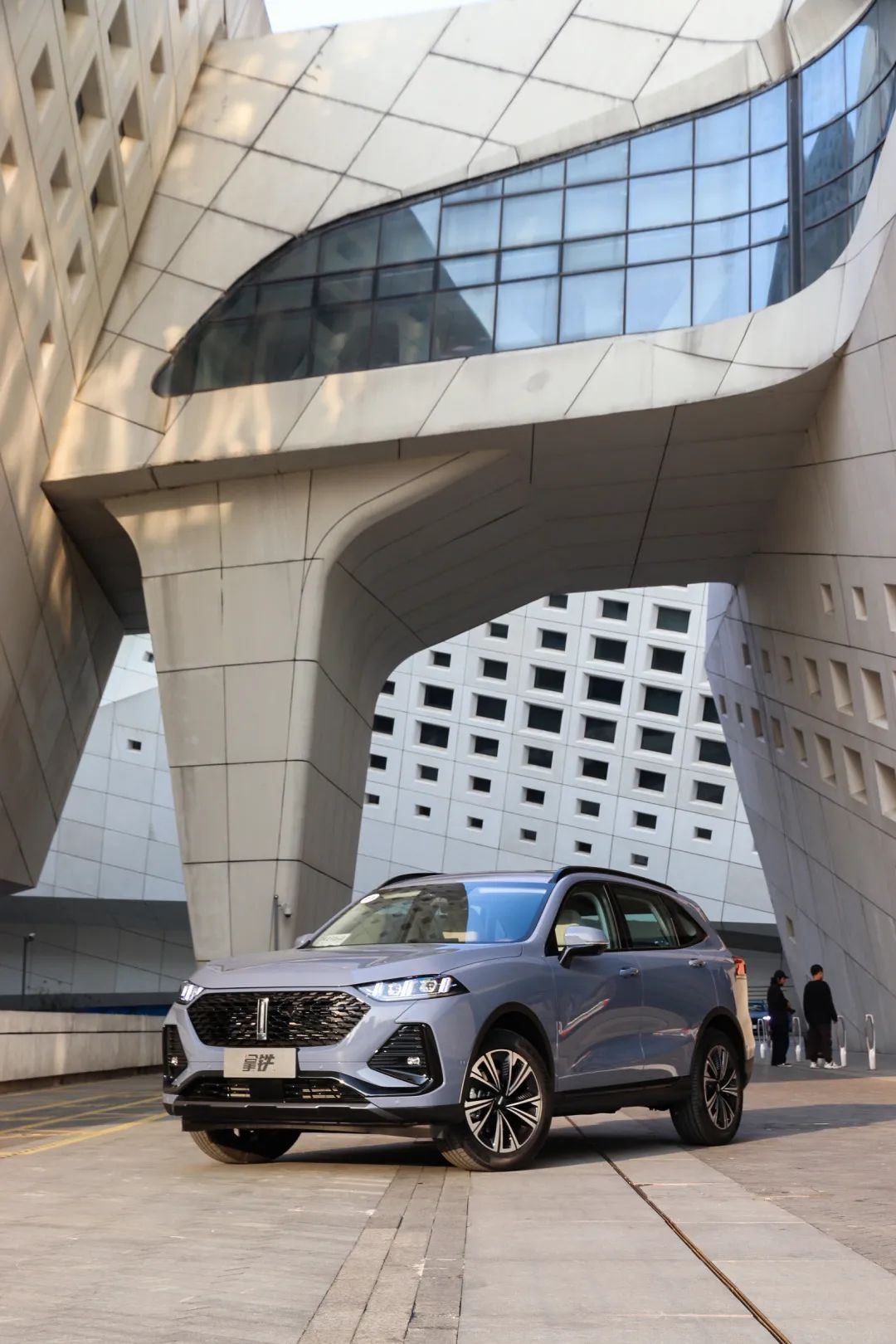
The Latte is WEY’s third car named after coffee, positioned between Mocha and Macchiato, and on the same level as WEY VV6. Currently, the Latte has not released its pricing information. According to the official, the starting price may be around 160,000 yuan.
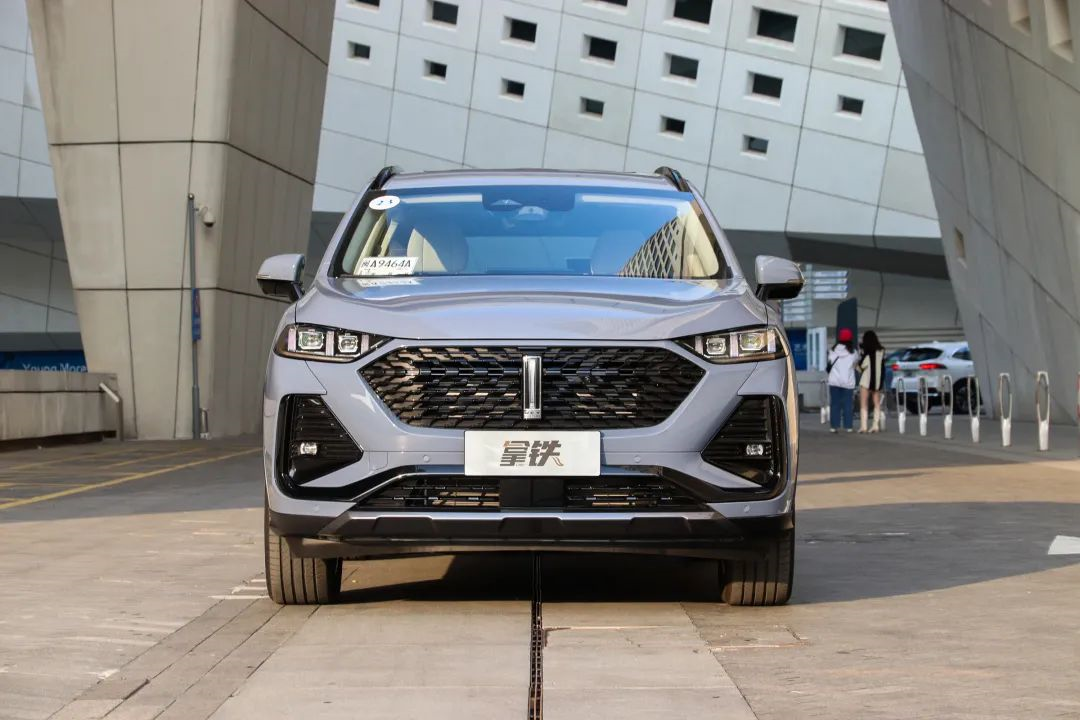
In terms of exterior design, the Latte inherits WEY’s family features in the design of headlights and the grille. The test drive car uses a smoked black style kit, with the grille and bumper trim changed to black, which looks more youthful. In addition, a chrome-plated front grill is also available as an option.
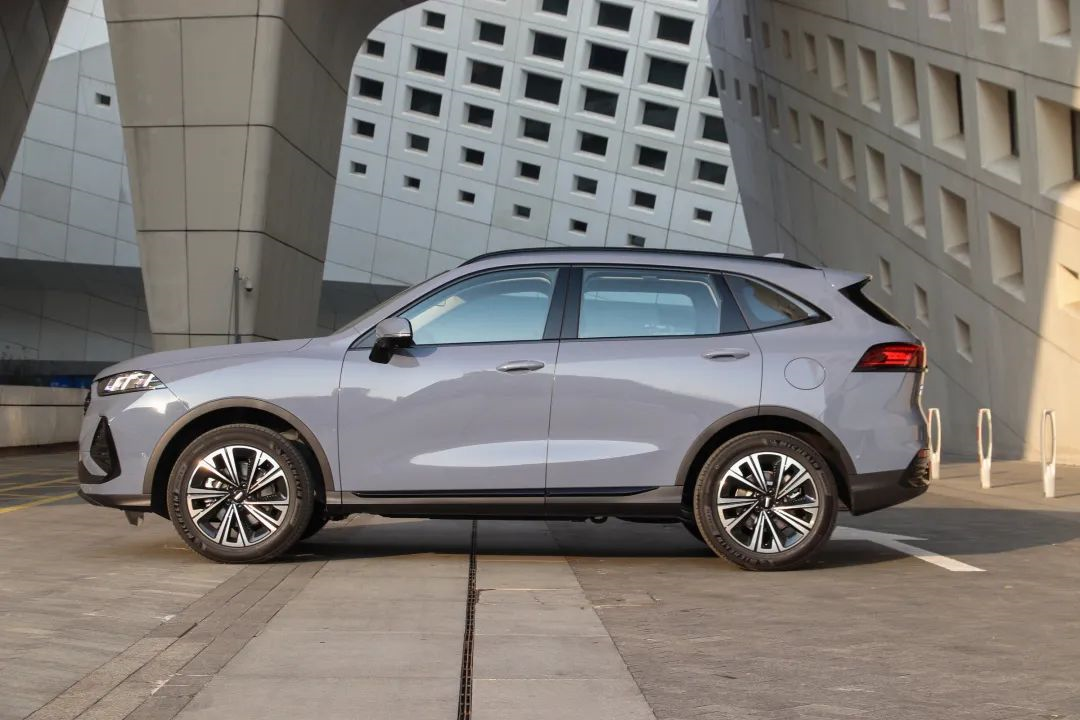
The side window line and the front grille trim have a synchronized black color scheme. The wheel size is 19 inches and is equipped with Michelin HAOYUE 4 tires to improve the noise performance when driving.
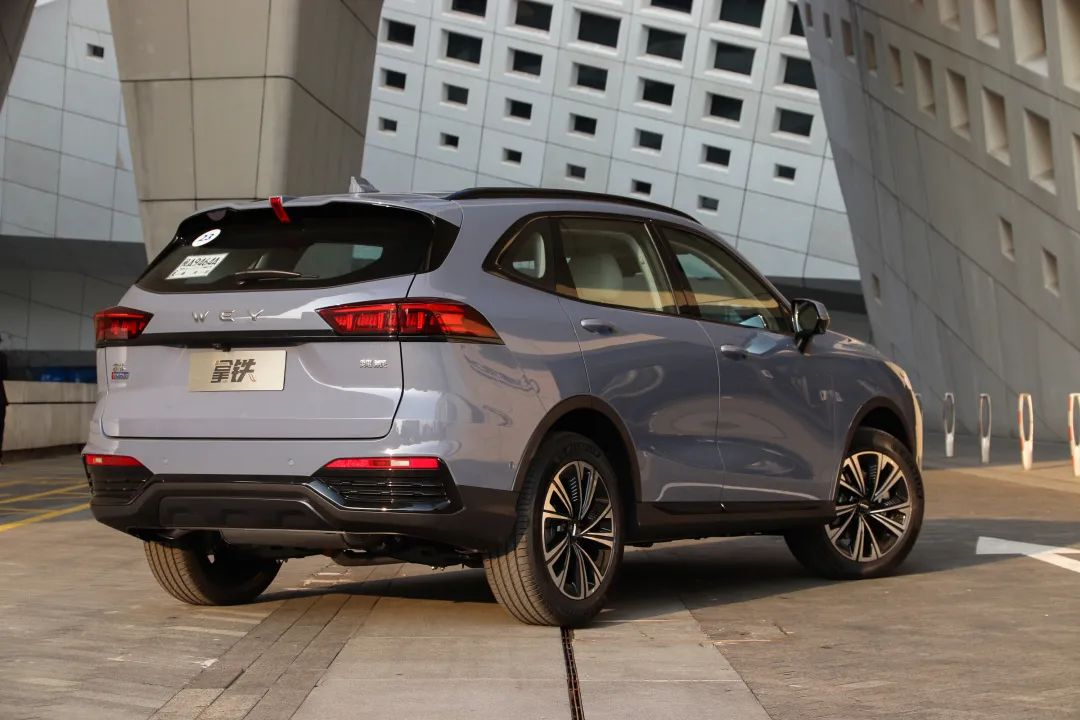
The tail light style echoes the headlight, and the internal structure is also consistent. The tail light main light group includes brake lights, turn signals, and width lights, while the reverse lights and fog lights are hidden in the long strip light group below.
In terms of size, the Latte’s length, width, and height are 4668/1890/1730 mm, and the wheelbase is 2745 mm.
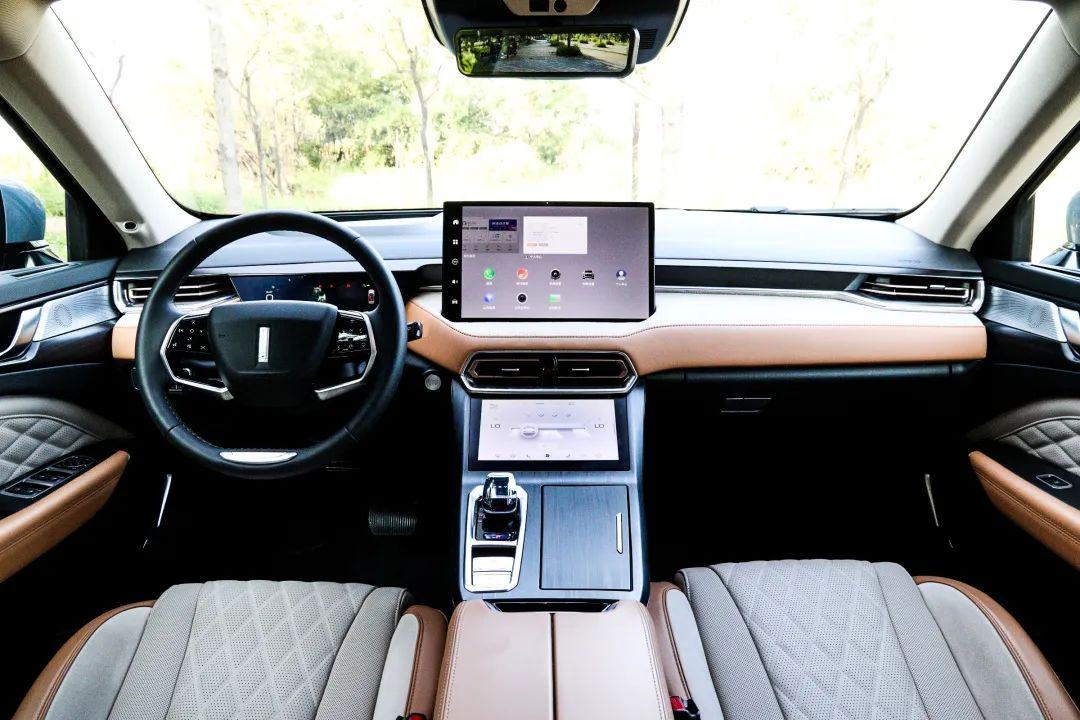
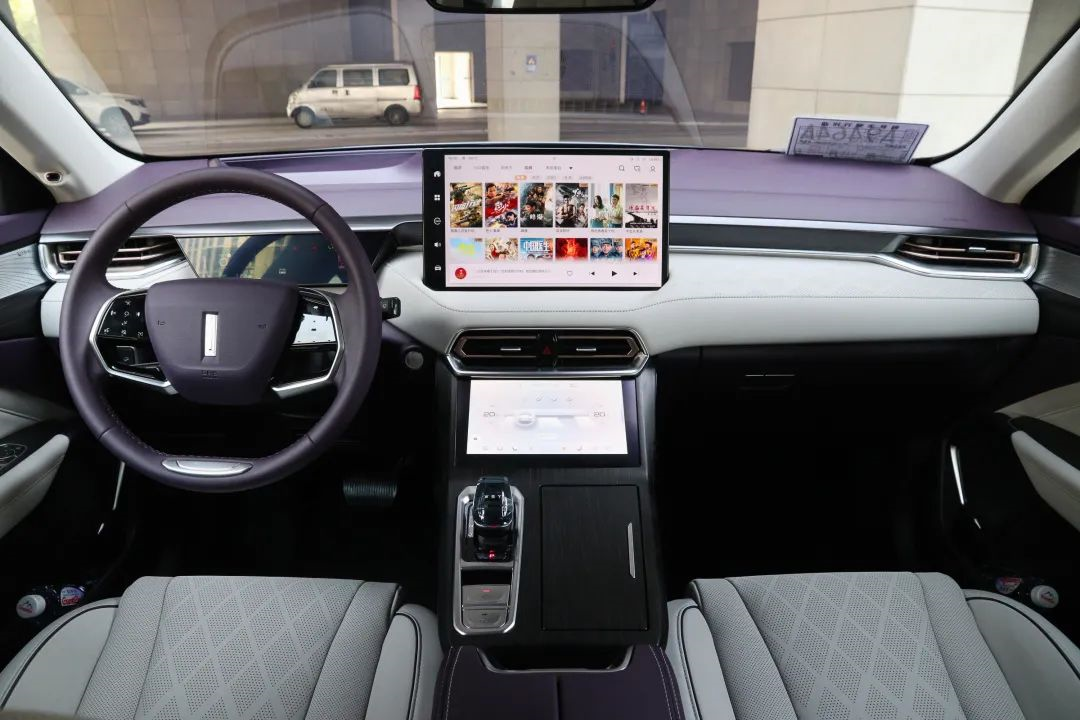 When it comes to the interior of Nalte, the first adjectives that come to mind are exquisite and luxurious. There are four colors to choose from: charming purple, dynamic black, trendy brown, and Nalte coffee. During this test drive, I mainly experienced the purple and coffee colors. From a luxury perspective, I personally prefer the coffee color, which also appears to be more textured.
When it comes to the interior of Nalte, the first adjectives that come to mind are exquisite and luxurious. There are four colors to choose from: charming purple, dynamic black, trendy brown, and Nalte coffee. During this test drive, I mainly experienced the purple and coffee colors. From a luxury perspective, I personally prefer the coffee color, which also appears to be more textured.

Nalte’s central control console integrates three screens, with the top screen reaching 14.6 inches and incorporating a rich entertainment function. It also integrates various modes such as 360° panoramic imaging, 50-meter track reversing, and automatic parking. The operating conditions of the hybrid system can also be displayed on this screen.
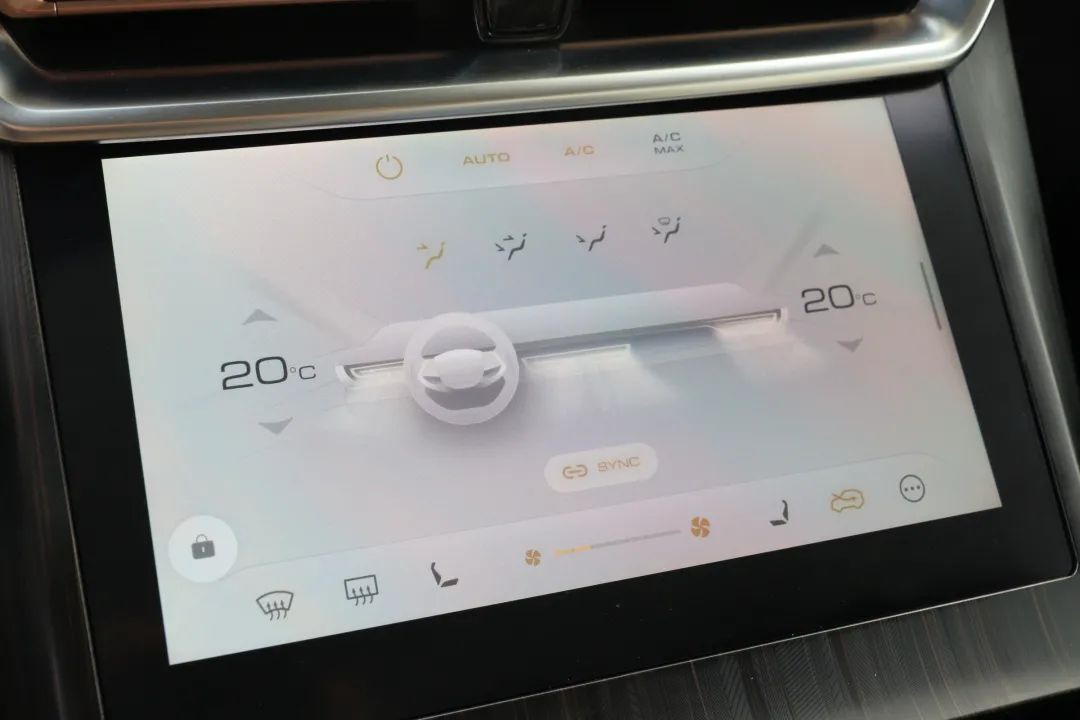
The lower screen is used to operate the air conditioning, seat ventilation/heating, and sunshade switch lights. Although touch screens are not as good as physical buttons in blind operations, Nalte’s intelligent voice assistant can help complete most of the operations.

The full LCD instrument panel style breaks with tradition, and the UI is quite simple. The middle part can display the current lane situation, while the right part can display the operating conditions of the hybrid system in addition to fuel consumption and rotation speed.
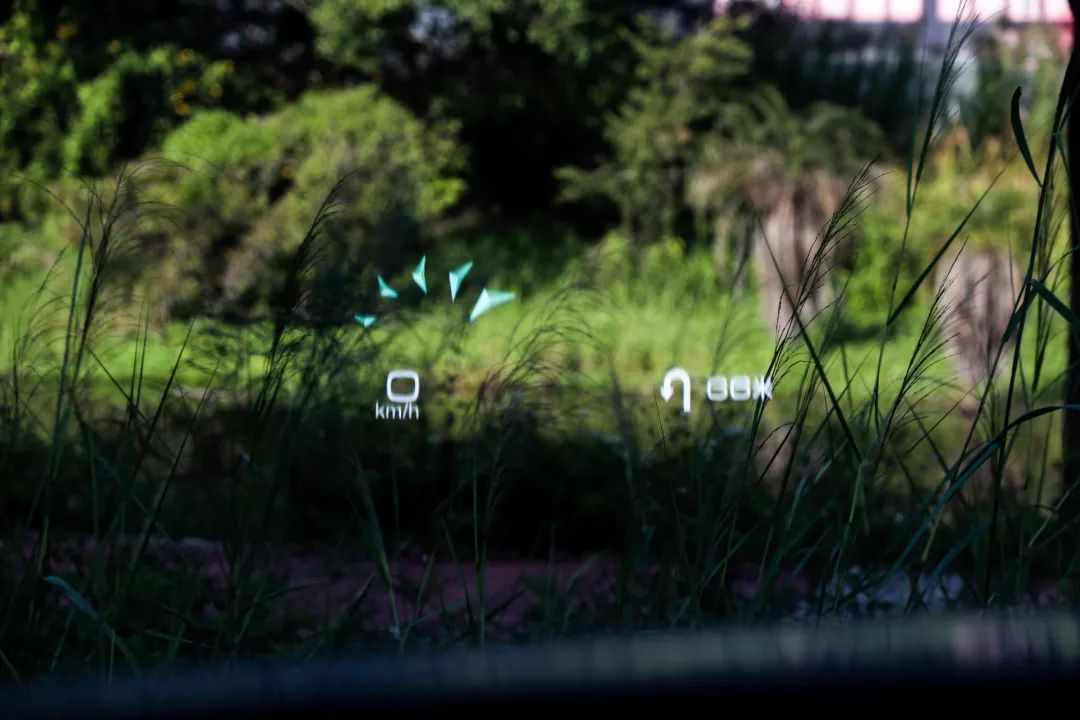
In addition, Nalte is equipped with a HUD head-up display feature, and its AR navigation is very useful. There are also 3D dynamic icon prompts when approaching intersections, making the navigation information very intuitive.
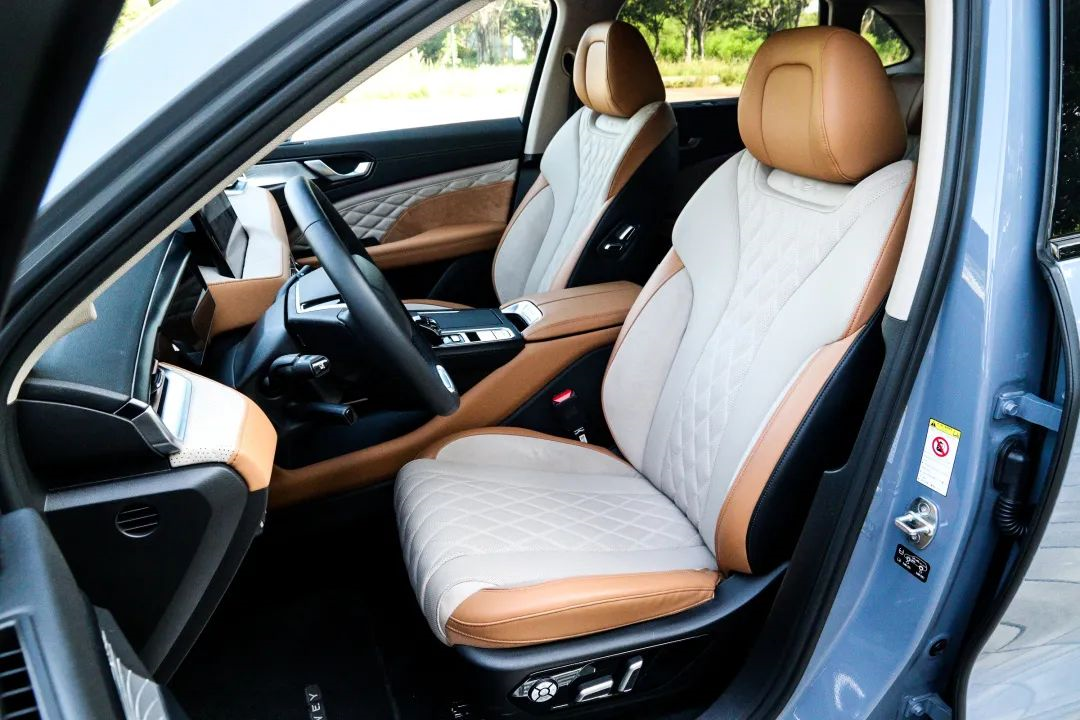
The front seats of Nalte are wrapped in diamond-textured leather, and are also spliced with suede materials. In addition to ventilation and heating, they also have a massage function.
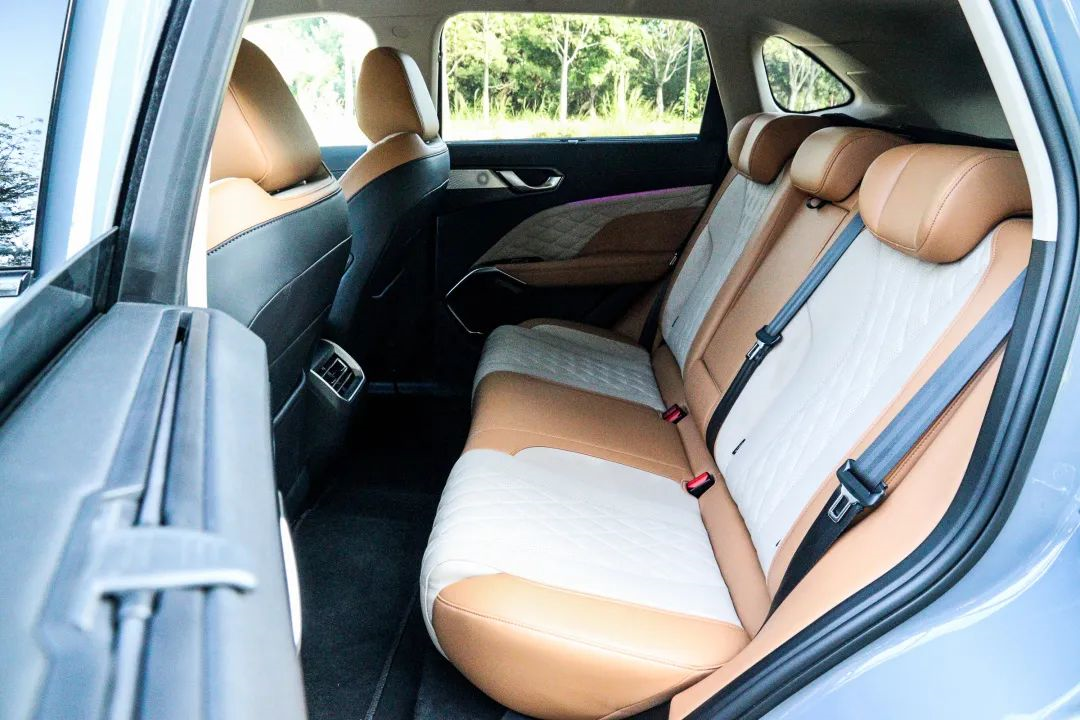
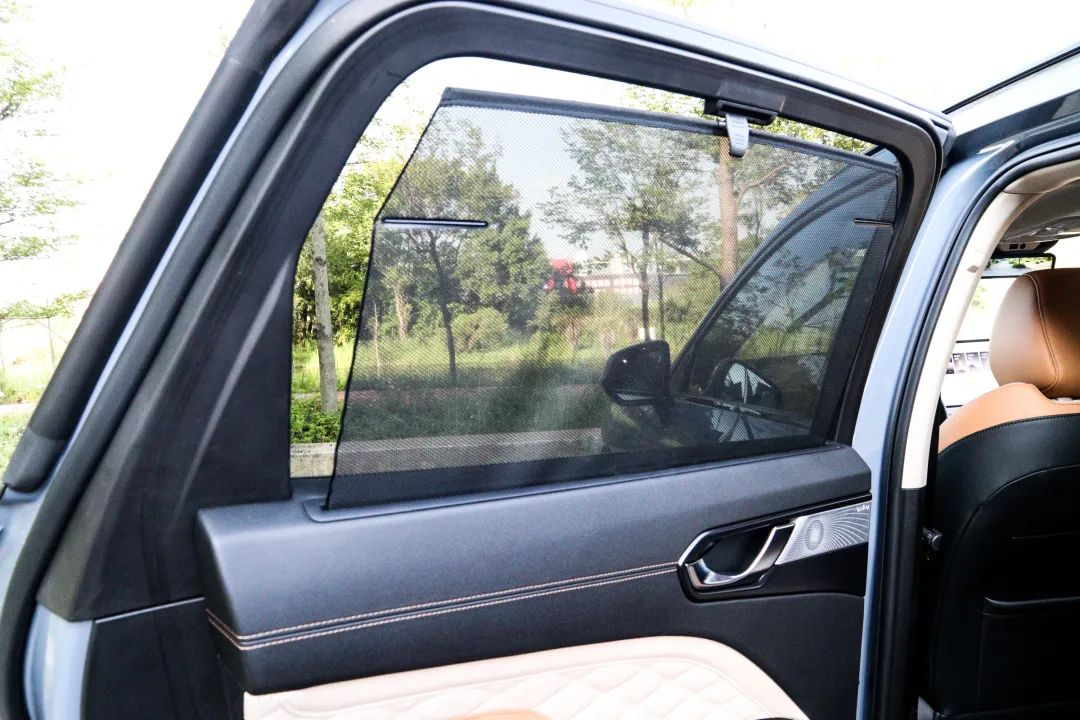
The second-row seats are not only equipped with heating and USB interfaces, but also with sunshades, which is a relatively rare configuration in the same level of vehicle models.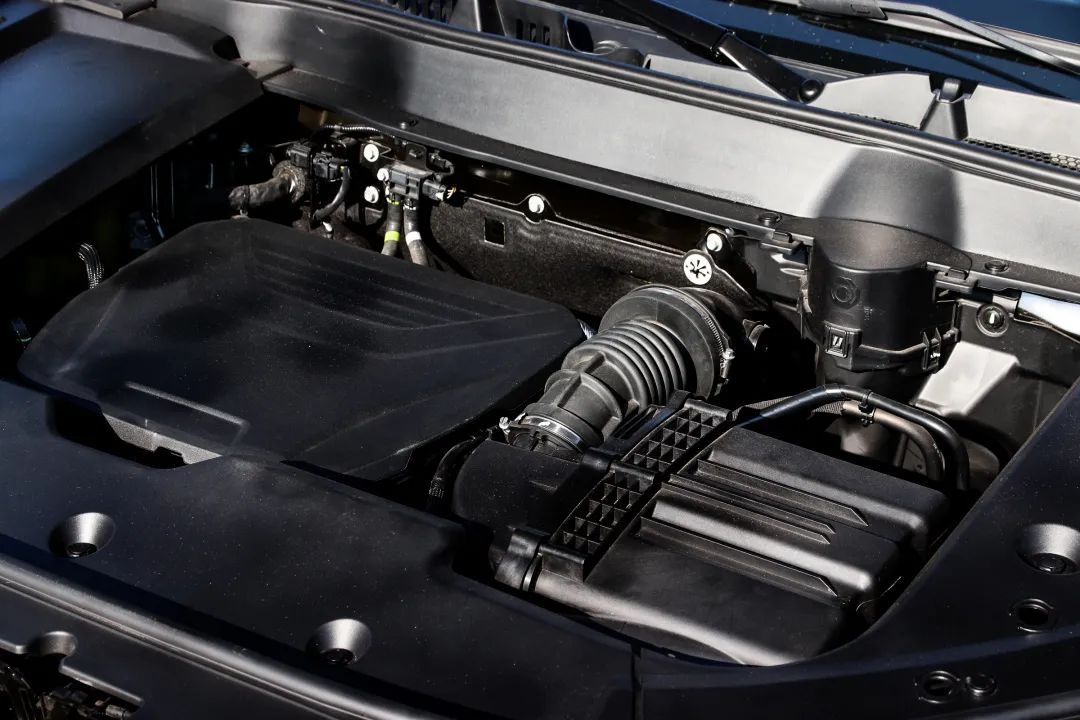
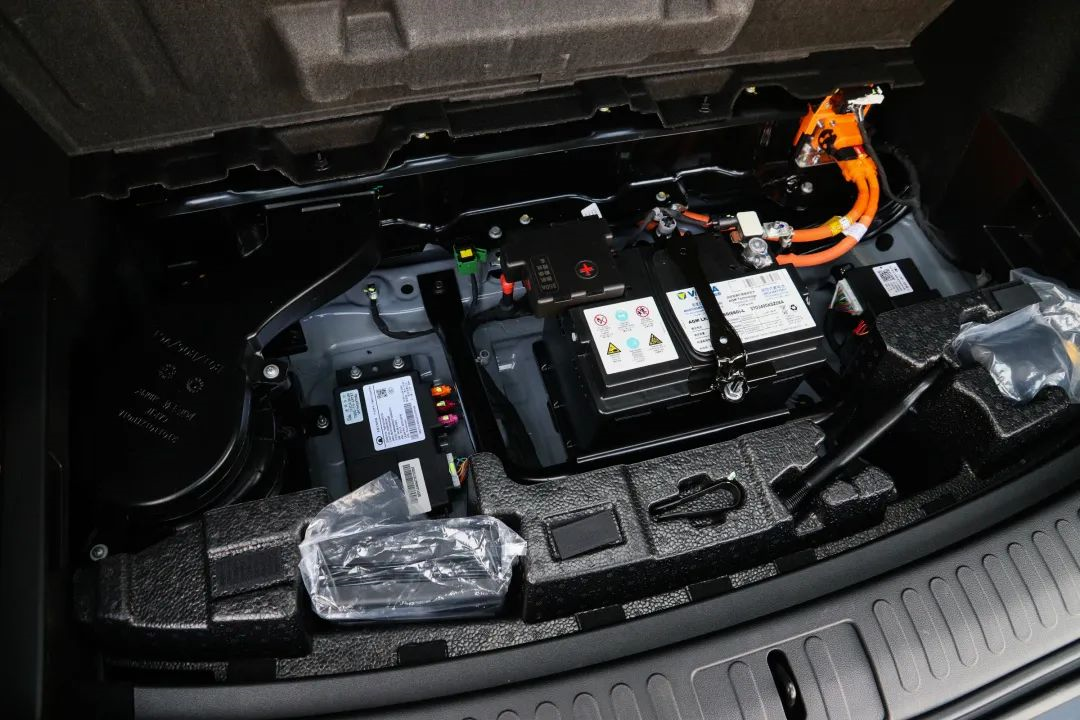
Finally, the dynamic driving part has come, which is also the focus of this Latte experience. The maximum net power of the 1.5T engine is 112 kW, the peak torque is 235 N·m, the motor power is 130 kW, and the peak torque is 300 N·m. The system’s maximum power when they work together is 181 kW, and the peak torque is 532 N·m. The official acceleration time for 0-100 km/h is 7.5 seconds, and this hybrid system is also matched with a two-speed transmission.
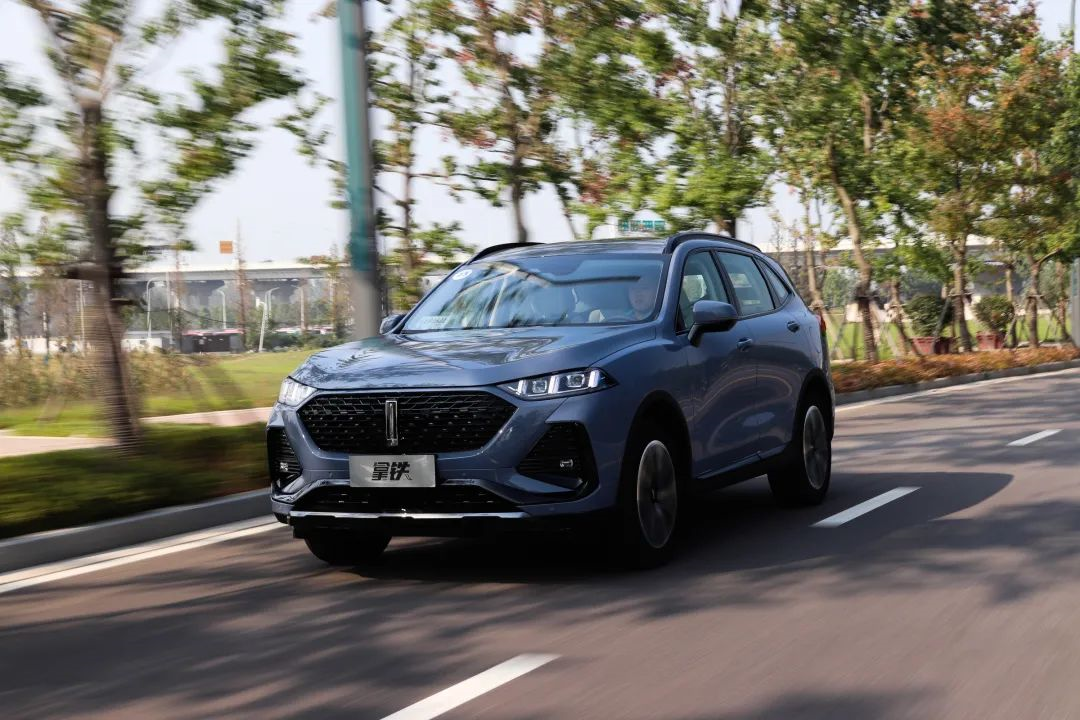
In fact, during the driving process, although the acceleration of the Latte is not as intense as the power parameters, the 7.5-second acceleration is quite smooth and fast, and the motor also responds rapidly, providing quick acceleration. The operating range of the motor is very wide. It can not only intervene at low and medium speeds but also intervene even when cruising steadily at 80 km/h. The battery’s power can sustain the vehicle’s driving for a distance of about 2 km at most.
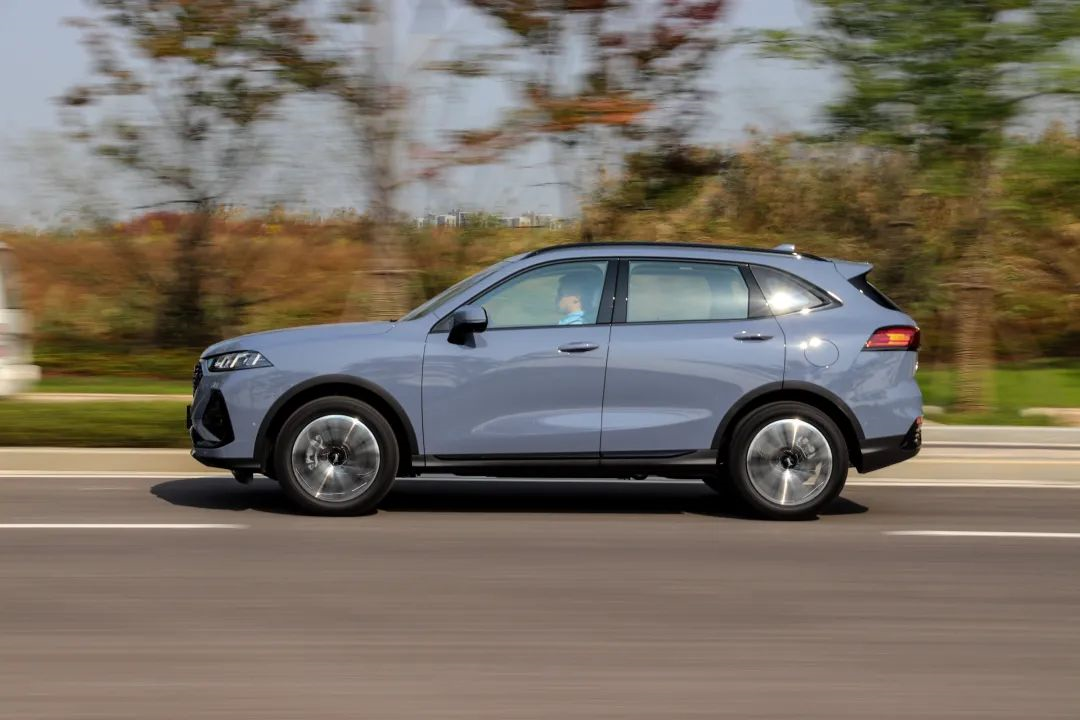
The switching between the engine and the motor is seamless and smooth. Regardless of whether the accelerator pedal is pressed hard during pure electric driving, or the engine intervenes when the battery is in low power, almost no engine starting action can be felt in the cabin, and the real-time operating conditions can only be sensed through the instrument panel.
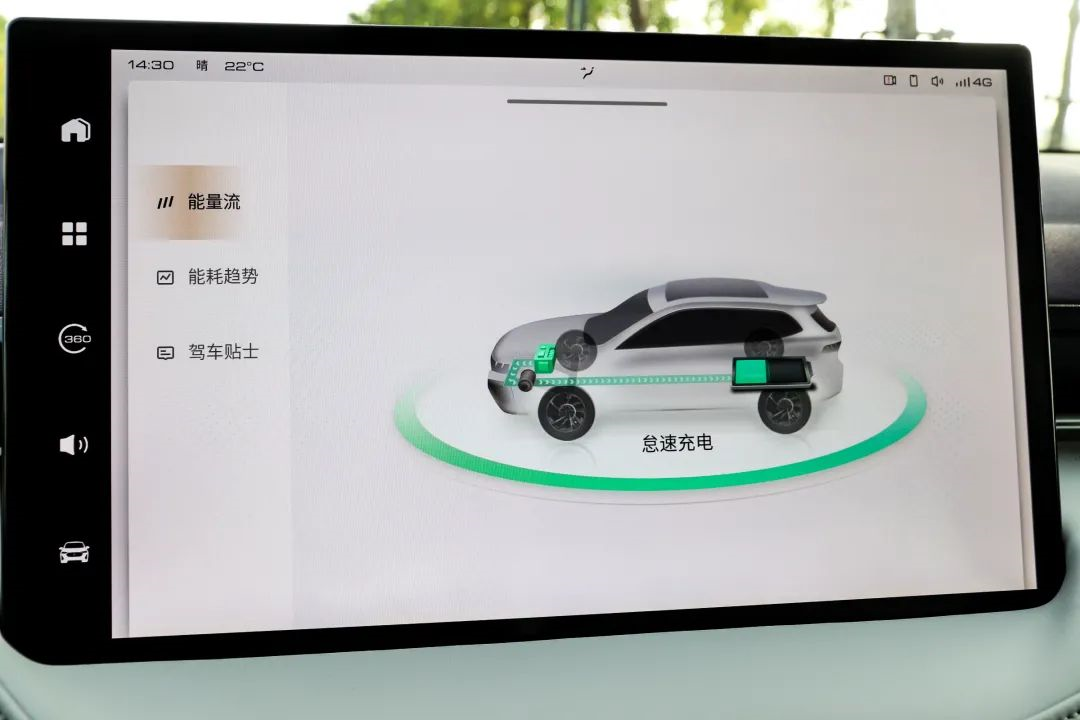
Unless the battery is low on power and the engine needs to output high power to charge the battery and drive the wheels, there will be a relatively obvious running sound at this time, but the duration is not long and will not affect the driving experience.
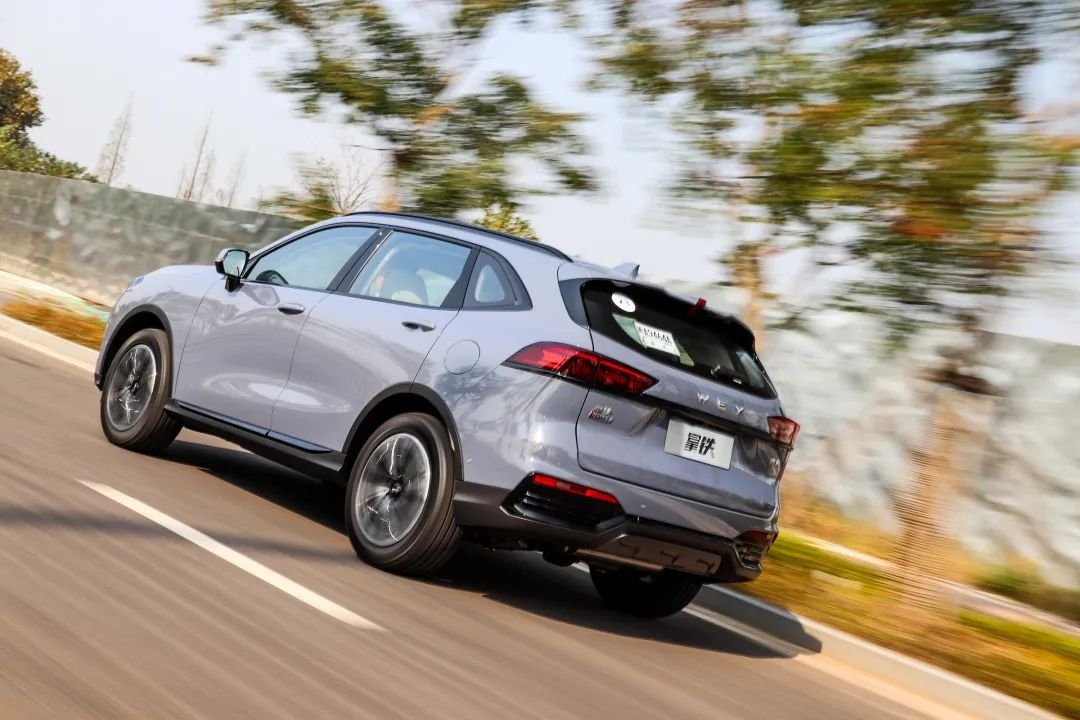
The sound insulation performance of the hybrid system of Latte is excellent, and the sound of the power system’s operation is almost inaudible in daily driving. Only when the speed is raised to almost 4000 rpm, there will be a relatively obvious engine sound inside the car. This is due to the active noise reduction and thick sound insulation materials’ credit. Its sound insulation level is excellent for cars within 300,000 yuan.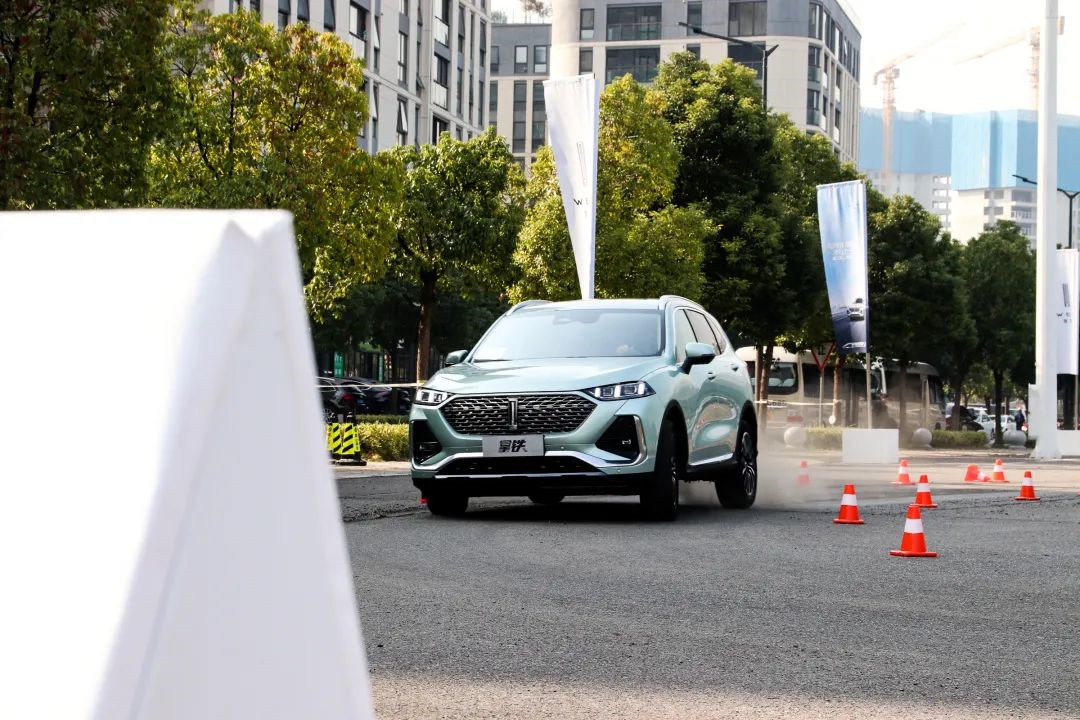
With regard to chassis and suspension, the Nalati offers an optional electronic suspension. Comparing the performance of the two suspension modes in the slalom test, it is obvious that the Nalati equipped with electronic suspension has better body attitude control, less brake dive, more support in corners, and a more solid performance in dealing with speed bumps.
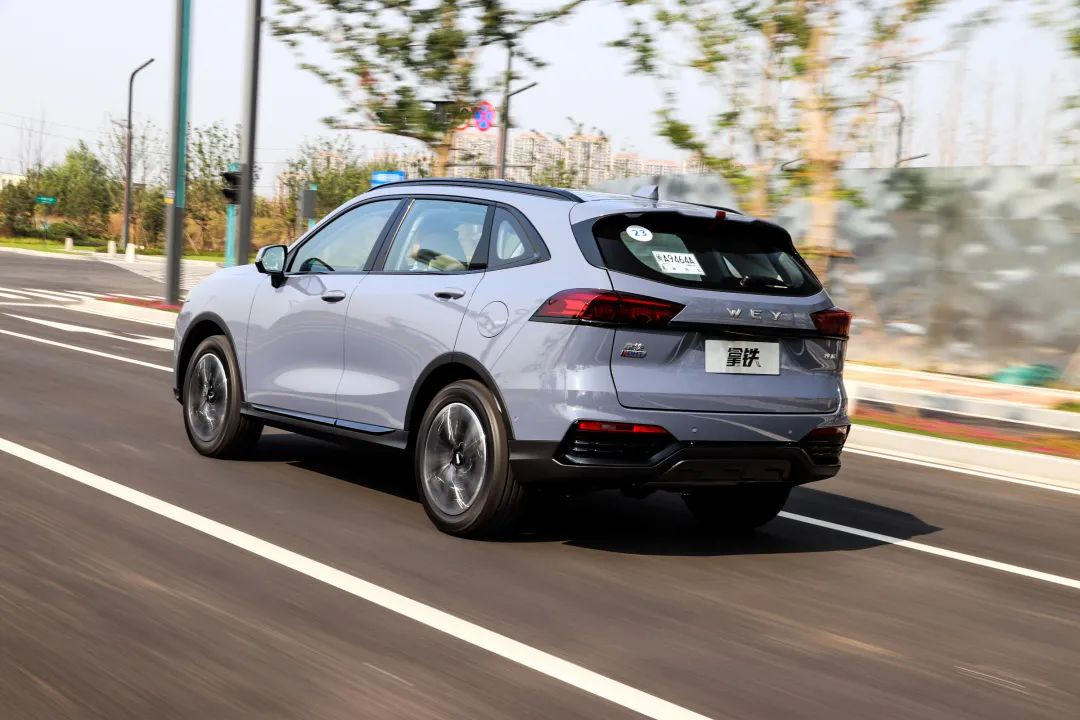
For the Nalati equipped with a regular mechanical suspension, it still receives high praise for its solid and tight texture. In daily driving, there are no obvious shortcomings, and its comfort level is among the top of its class and price range for SUVs.
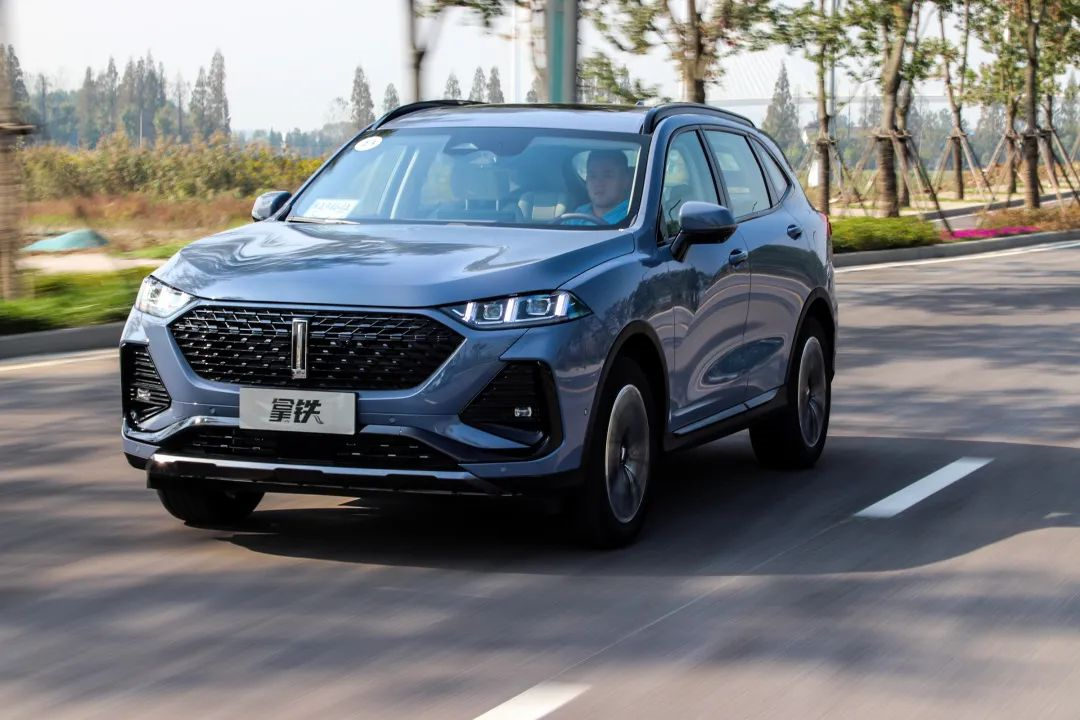
The front row of the Nalati is equipped with double-layer sound insulation glass. With the help of active noise reduction and Michelin tires, a quiet cabin environment is created. Unless encountering very rough road surfaces, the noise inside the cabin is not significant.
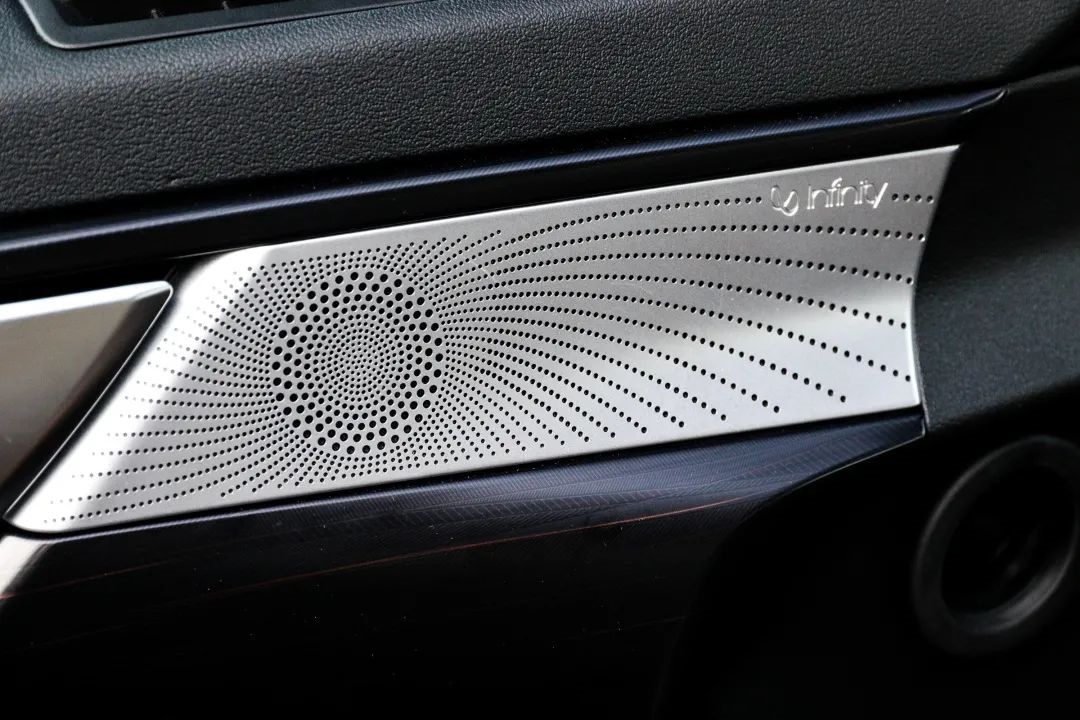
In addition, the Nalati uses the Yan Fei Li Shi sound system. The acoustic effect of this sound system is stunning, with even sound distribution, transparent sound, and outstanding overall performance except for a lack of emphasis on vocals.
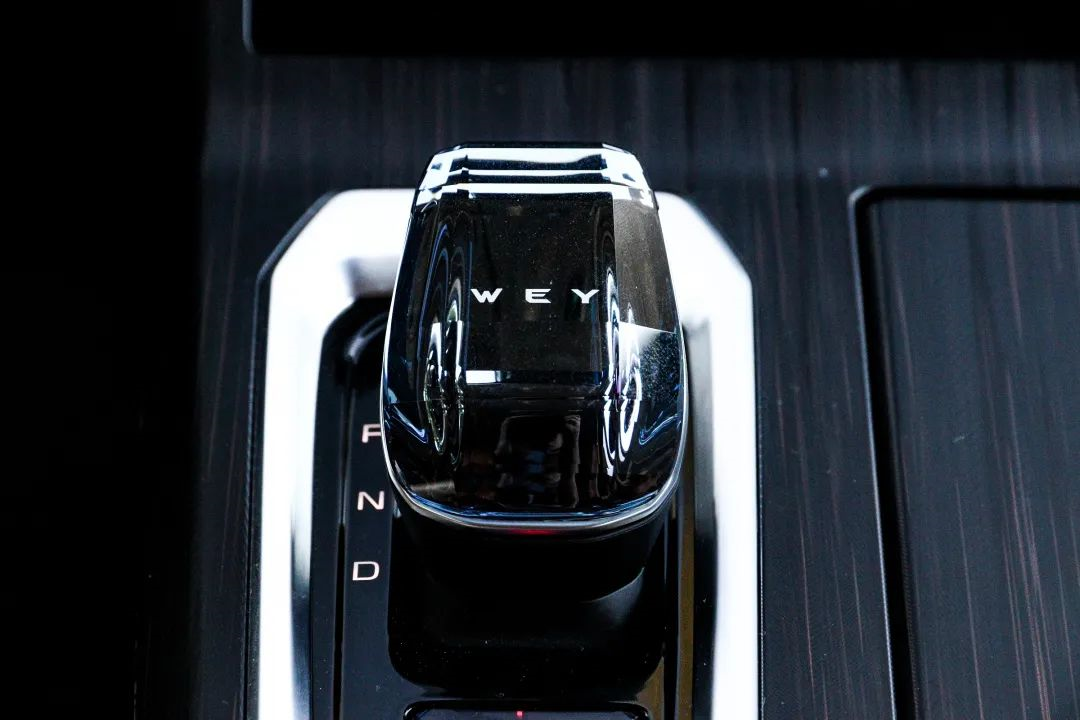
After a deep test drive experience, I fully felt the strength of China’s hybrid technology, which not only provides strong power but also saves fuel, just right to make up for the shortcomings of joint venture hybrid systems. Combined with Nalati’s outstanding performance in other areas, its overall performance has not only surpassed that of the same level joint venture hybrid models, but also competes with joint venture hybrid SUVs costing up to 300,000 yuan.
This article is a translation by ChatGPT of a Chinese report from 42HOW. If you have any questions about it, please email bd@42how.com.
